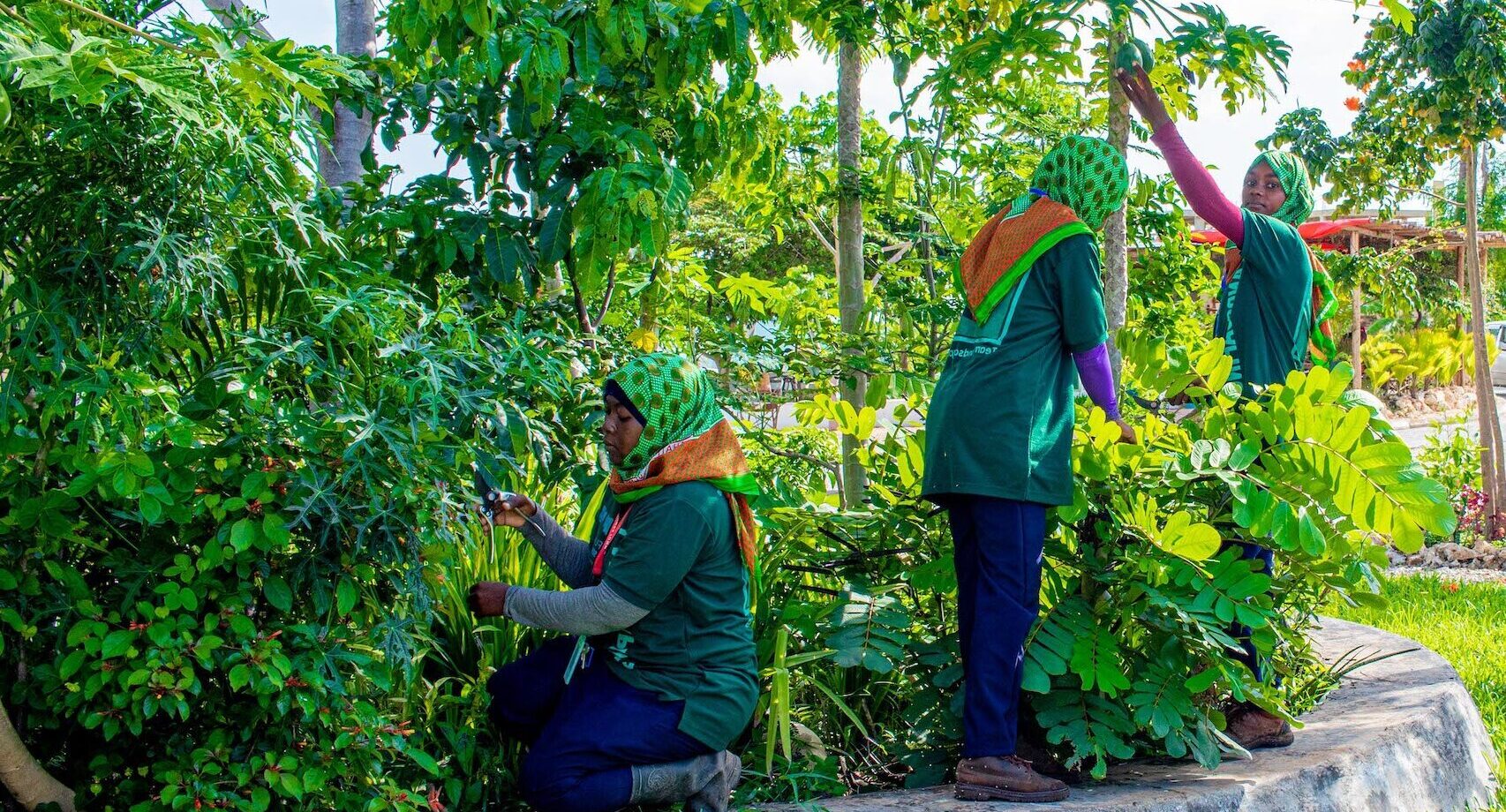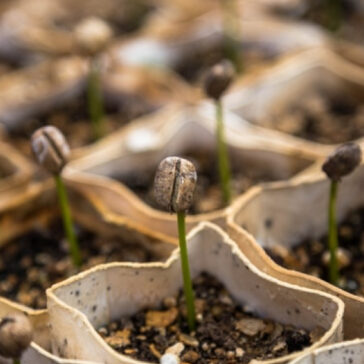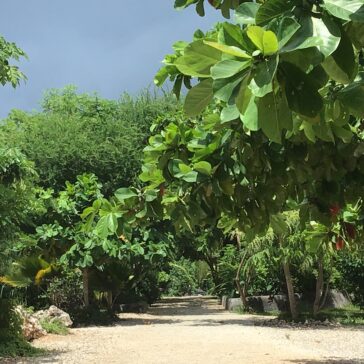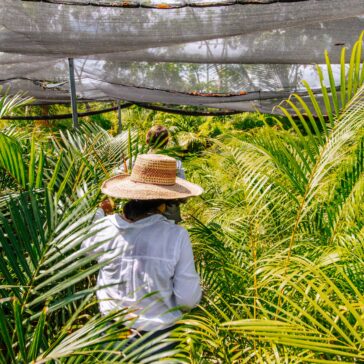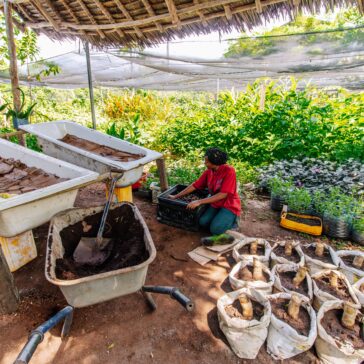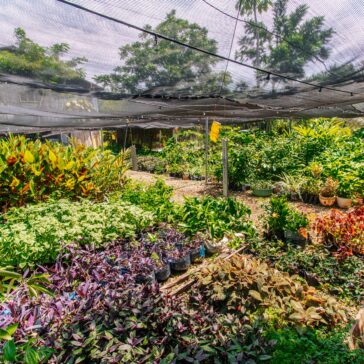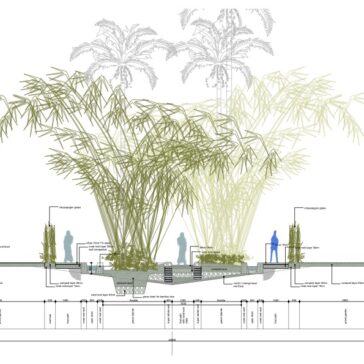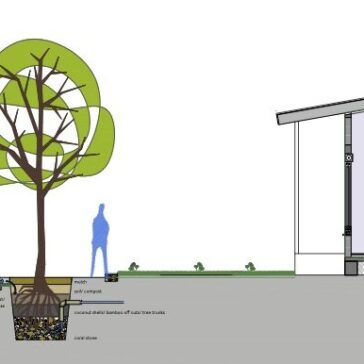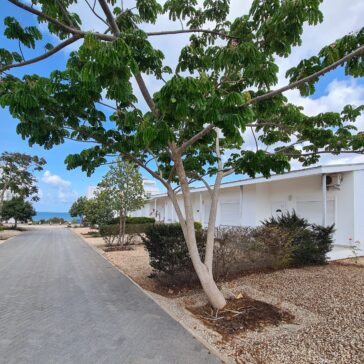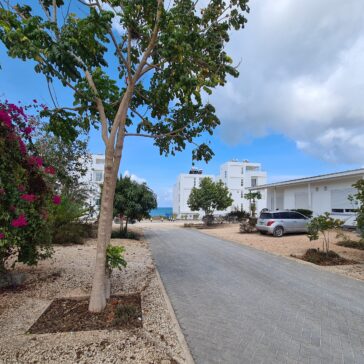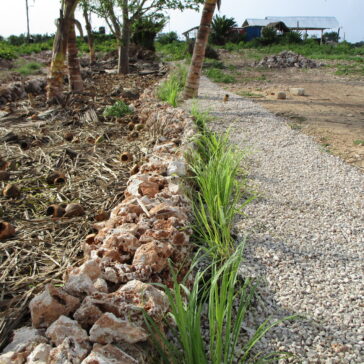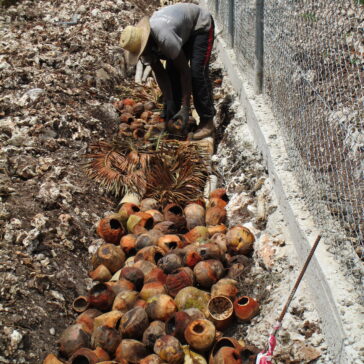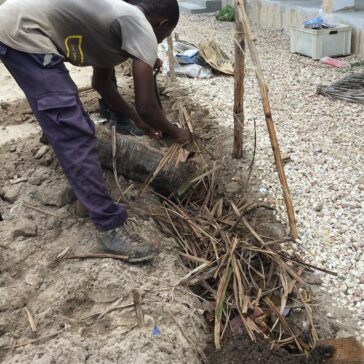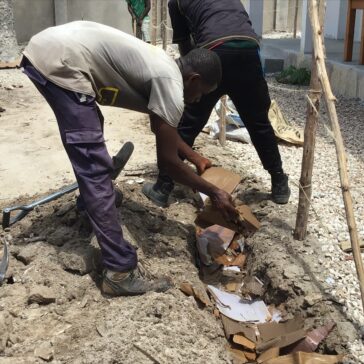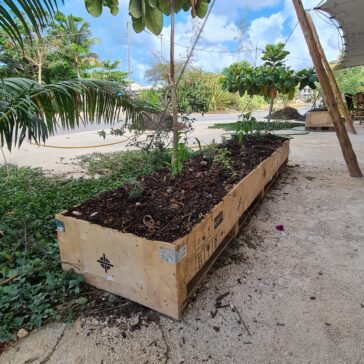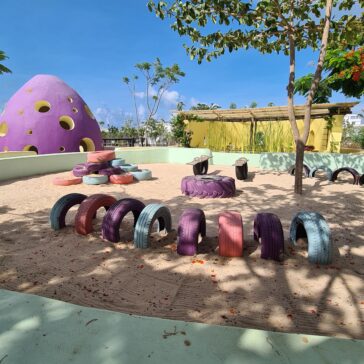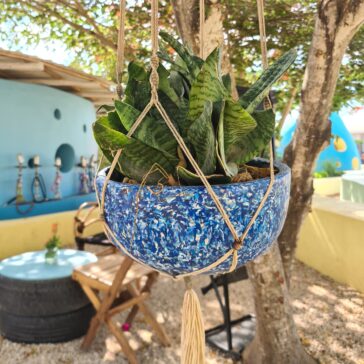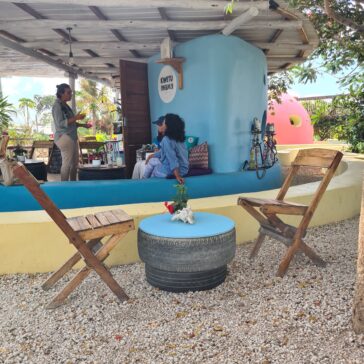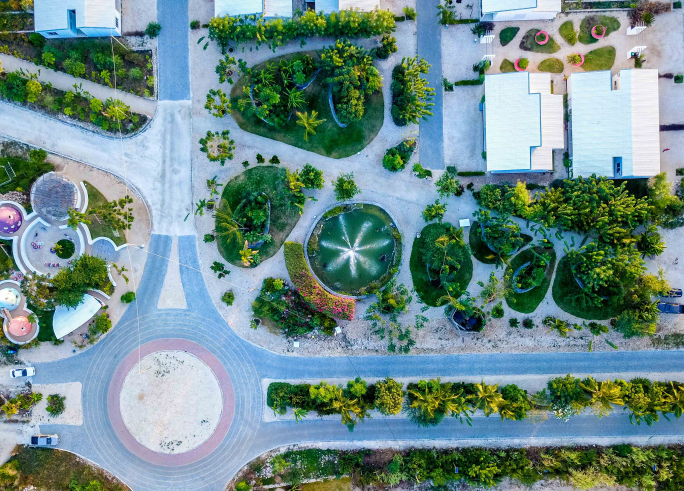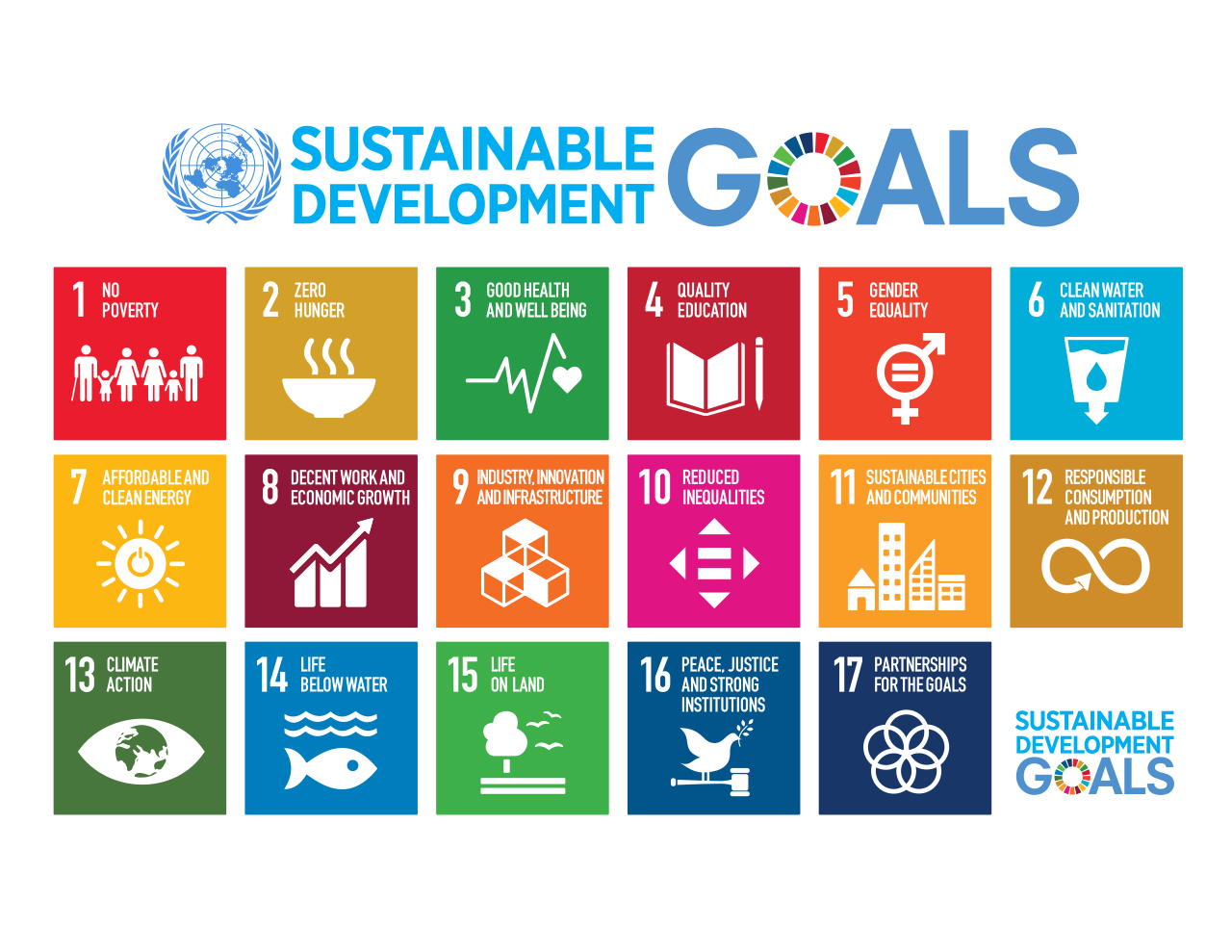
Why use Permaculture in Urban Developments
Our Vision is to implement the UN sustainable development goals into urban settlements by using the permaculture design principles.
Expand, share knowledge and competency, through documentation and research within the company as well as outside through education, partnerships, training and motivation to replicate.
The 12 Principles of Permaculture
Permaculture gives us a range of practical solutions for a better world. To help us understand how permaculture leads us to a more ethical and sustainable way of life, it’s useful to look at a list of twelve design principles.
-
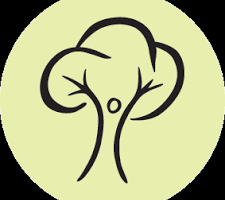 Observe and Interact
Observe and Interact -
 Catch and Store Energy
Catch and Store Energy -
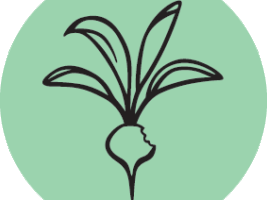 Obtain a Yield
Obtain a Yield -
 Apply Self-regulation and Accept Feedback
Apply Self-regulation and Accept Feedback -
 Use and Value Renewables Resources & Services
Use and Value Renewables Resources & Services -
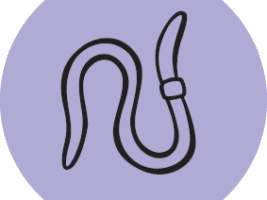 Produce No Waste
Produce No Waste -
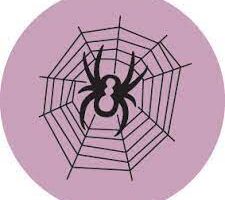 Design from Patterns to Details
Design from Patterns to Details -
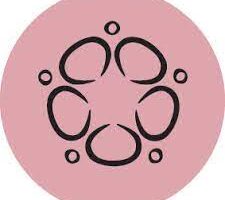 Integrate rather than Segregate
Integrate rather than Segregate -
 Use Small & Slow Solutions
Use Small & Slow Solutions -
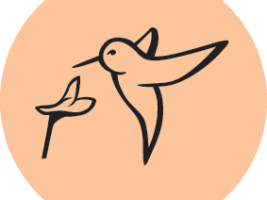 Use and Value Diversity
Use and Value Diversity -
 Use Edges and Value the Marginal
Use Edges and Value the Marginal -
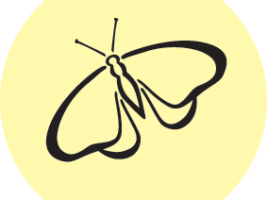 Creatively Use and Respond to Change
Creatively Use and Respond to Change
Why use Permaculture?
You can use the force of nature to your advantage and reduce your environmental impact!
Live within the ecological systems instead of exploiting them. Reclaim and regenerate already damaged areas. It will create beautiful landscapes.
Permaculture combines three key aspects
1. An ethical framework: earth care, people care, fair shares
2. Understandings of how nature works
3. A design approach
This unique combination provides a toolkit that is used to design regenerative systems at all scales - from home and garden to community, farm and bioregions around the world.
Benefits of Permaculture Design
Permaculture is an attractive option for urban developers and landowners because of its numerous benefits. Just some of the benefits include:
→ Less waste - Everything within the permaculture system is utilized; like using garden waste as fertilizer. The use of waste and by-products is one of the reasons why permaculture is sustainable.
→ Saves on water - Permaculture also involves utilizing rainwater and wastewater, making it more efficient and cost-effective.
→ Economically feasible - It is cost-efficient since permaculture systems require less maintenance.
→ Permaculture helps your property withstand the effects of climate change and answer the UN Sustainable Development Goals (SDG).
What we do
We are experts in designing and managing ecosystems in a way that work best for tenants and the environment. Our design approaches vary from client to client depending on individual goals, land context, and desired and existing enterprises.
We approach all designs with a regenerative mindset and commonly employ techniques and a toolbox in permaculture design.
Jane Jacobs - Urban Planning Activist
"Cities have the capability of providing something for everybody, only because, and only when, they are created by everybody."


